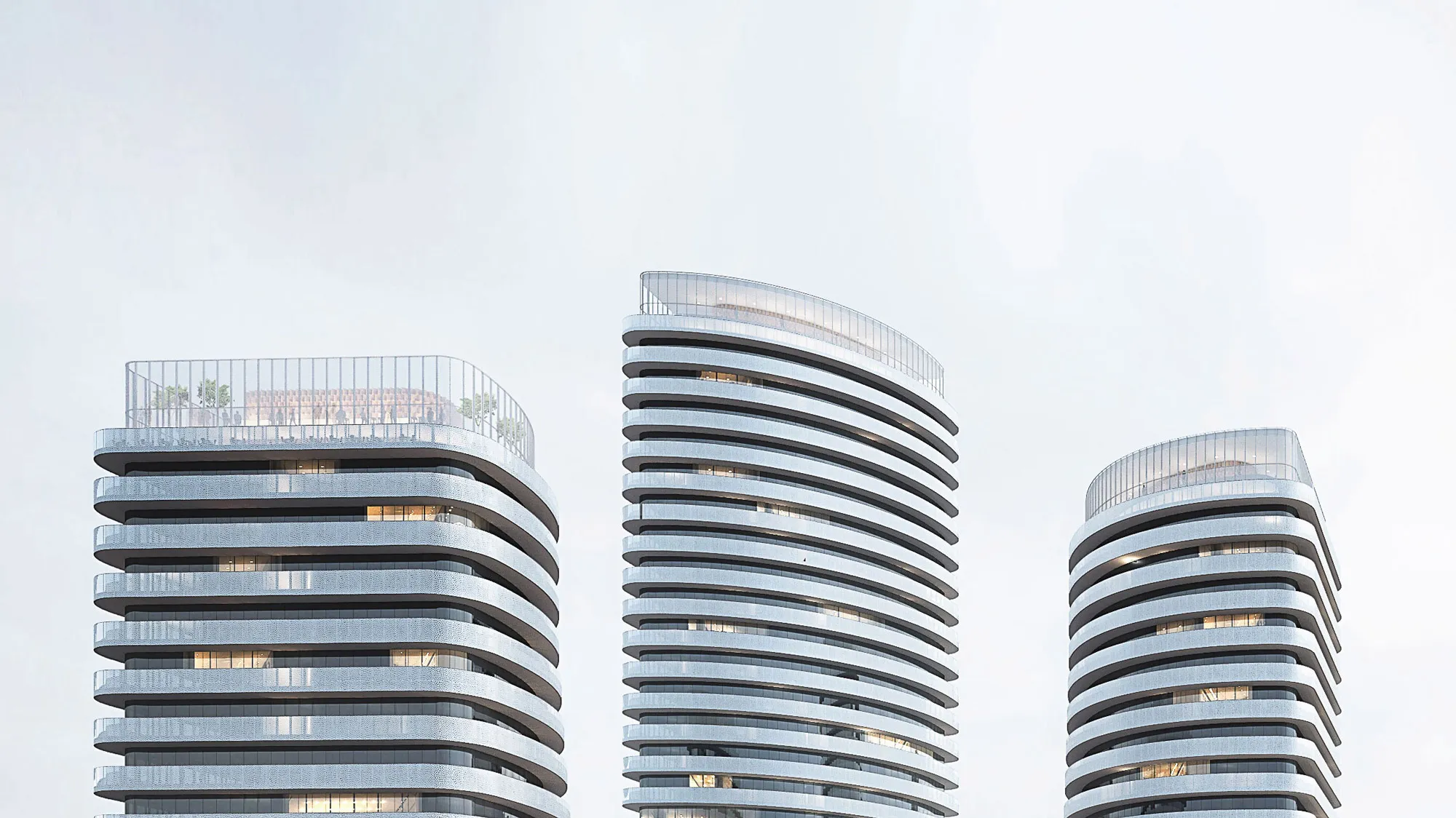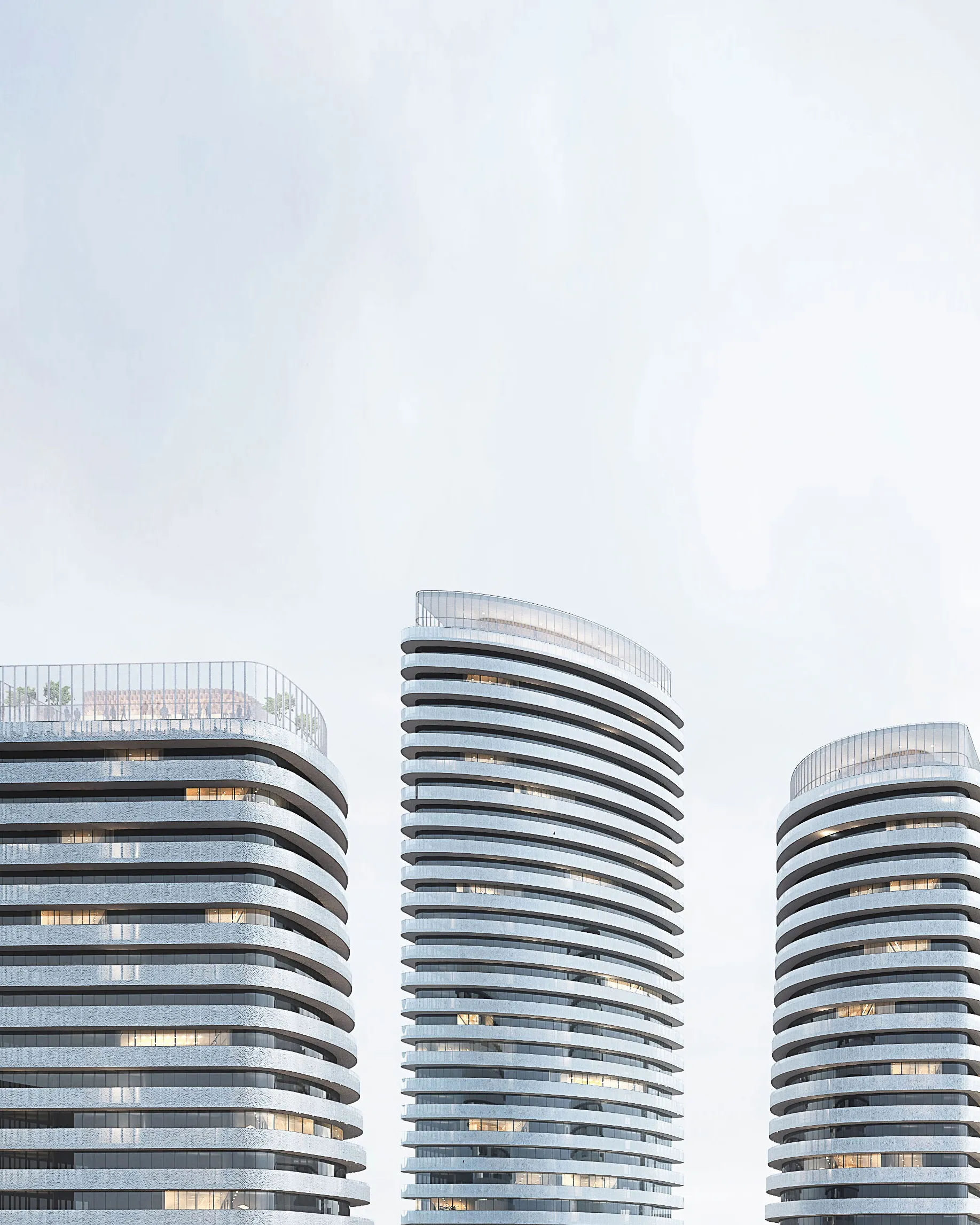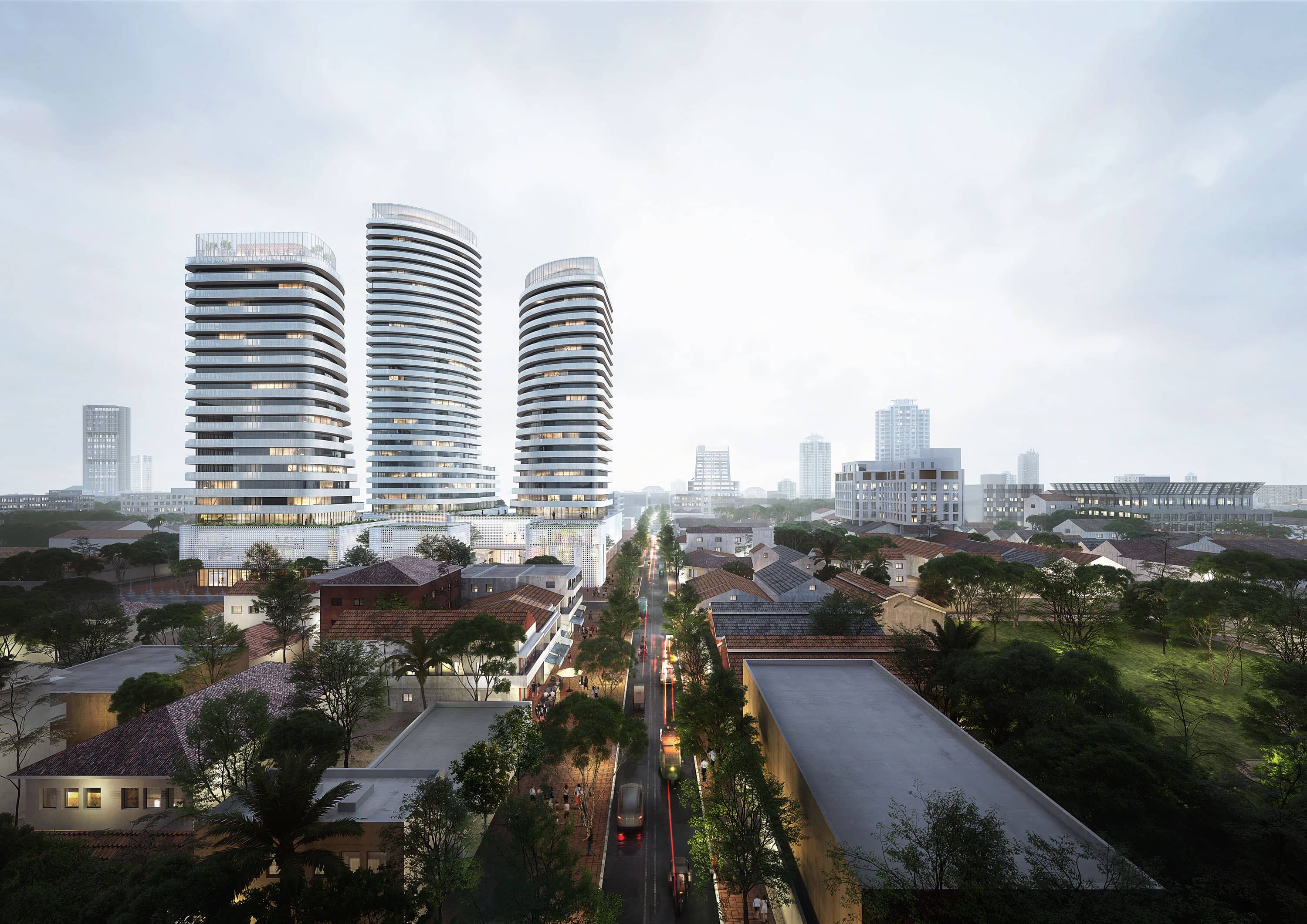The Heritage Curve


The Heritage Curve
Over the past decade, Phnom Penh the capital city of Cambodia hasbeen changing rapidly into a more modern city. During this process an apparent disconnection between the newly built high-rise domain and the existing city fabric emerged. The ‘Heritage Curve’ is designed by Superimpose to be a reflection and reinterpretation of the current urban environment to establish amore coherent balance between the existing city fabric and the future city fabric.




01/25
The Heritage Curve
Over the past decade, Phnom Penh the capital city of Cambodia hasbeen changing rapidly into a more modern city. During this process an apparent disconnection between the newly built high-rise domain and the existing city fabric emerged. The ‘Heritage Curve’ is designed by Superimpose to be a reflection and reinterpretation of the current urban environment to establish amore coherent balance between the existing city fabric and the future city fabric.
Superimpose designed the ‘Phnom Penh Curve’ to be a reflectionand re-interpretation of its direct urban surroundings. Local architectural characteristic such as the curved balconies, façade perforations forventilation, the integration of green, and attention to human scale are reinterpreted and integrated in the design. The site constraints allowed for 100,000 square meter of floor area. From massing studies Superimpose concluded that in order to respect the surroundings, it would be better to build less and lower than allowed.
The commercial functions are located in building block of no more than 3 stories high to find relation with surrounding building blocks. The façade on ground floor is slightly pushed back in order to connect to the canopies of surrounding shops. Towers taper towards the top to make them less imposing in the Phnom Penh skyline and to refer to the ancient Khmer Architecture.
Simultaneously a lot of research has been conducted to what high-end living means in cities like Phnom Penh. Program that adds something to that notion,like wellness and cultural functions, become of great importance in the project.


